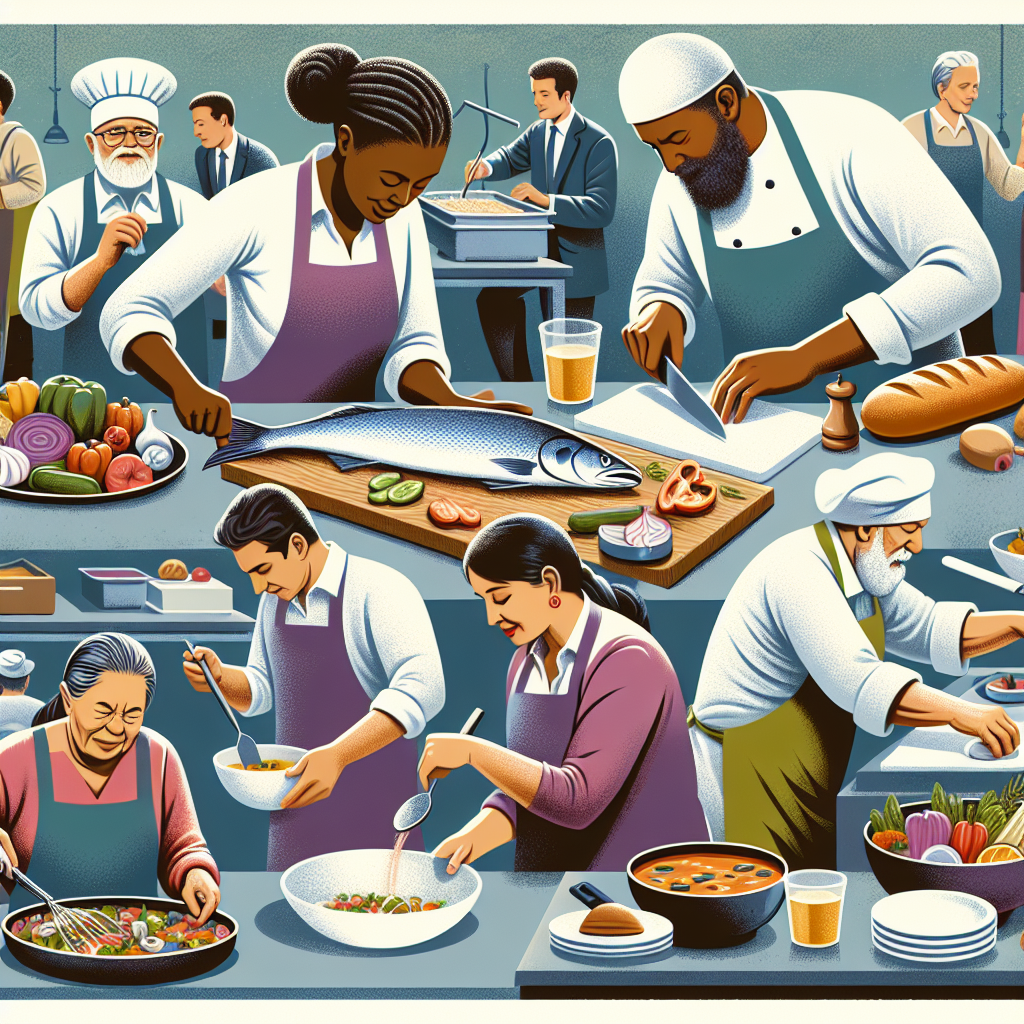Fast Casual Chains vs. Traditional Restaurants: A Comparison
In recent years, the foodservice industry has seen a significant shift in consumer preferences towards fast casual chains over traditional restaurants. Fast casual chains are quickly gaining market share and growing at a faster rate than their traditional counterparts. This report will delve into the reasons behind this trend and explore the key factors driving the success of fast casual chains.
The Rise of Fast Casual Chains
Fast casual chains have experienced explosive growth in recent years, outpacing traditional restaurants in terms of revenue and market share. According to data from the National Restaurant Association, fast casual chains have seen an average annual growth rate of 7.5% over the past five years, compared to just 2.5% for traditional restaurants. This growth can be attributed to several key factors.
One of the main reasons for the rise of fast casual chains is the changing consumer preferences towards healthier and more convenient dining options. Fast casual chains offer a wide range of fresh, customizable menu options that cater to health-conscious consumers. In contrast, traditional restaurants often serve larger portions of less healthy food, which may not appeal to consumers looking for lighter, more nutritious meals.
Financial Performance
In terms of financial performance, fast casual chains have also outperformed traditional restaurants. According to a report by Technomic, a leading food industry research firm, fast casual chains have seen an average annual revenue growth rate of 10% over the past five years, compared to just 3% for traditional restaurants. This strong financial performance has attracted investors and enabled fast casual chains to expand rapidly.
Fast casual chains have also been able to achieve higher profit margins than traditional restaurants, thanks to their efficient operating models and lower overhead costs. By focusing on speed and convenience, fast casual chains are able to serve more customers in less time, leading to higher sales per square foot and lower labor costs per transaction.
Market Share
Fast casual chains have also been gaining market share at the expense of traditional restaurants. According to data from the NPD Group, a leading market research firm, fast casual chains accounted for 20% of all restaurant visits in 2024, up from just 15% in 2019. In contrast, traditional restaurants saw their market share decline from 70% to 65% over the same period.
This shift in market share can be attributed to the growing popularity of fast casual chains among younger consumers. Millennials and Gen Z consumers, in particular, are more likely to choose fast casual chains over traditional restaurants due to their focus on quality, freshness, and customization. Fast casual chains have also been successful in leveraging technology to enhance the customer experience, with features such as mobile ordering, delivery, and loyalty programs.
Future Plans and Innovations
Looking ahead, fast casual chains are poised to continue their rapid growth and expansion. Many fast casual chains have ambitious plans to open new locations, both domestically and internationally, in order to capitalize on their popularity and reach new customers. Some chains are also exploring innovative concepts, such as ghost kitchens, virtual brands, and pop-up locations, to further drive growth and adapt to changing consumer preferences.
One example of a fast casual chain that is leading the way in innovation is Sweetgreen. The salad chain has embraced technology and sustainability, offering customers the ability to order through their app, customize their salads, and track the sourcing of their ingredients. Sweetgreen has also focused on sustainability, with a commitment to using organic, locally sourced produce and eco-friendly packaging.
In conclusion, fast casual chains are growing faster than traditional restaurants due to their focus on health, convenience, and customization. These chains have been able to attract a loyal customer base, achieve strong financial performance, and gain market share by meeting the evolving needs of today’s consumers. As the foodservice industry continues to evolve, fast casual chains are well positioned to lead the way with their innovative concepts and commitment to quality.



